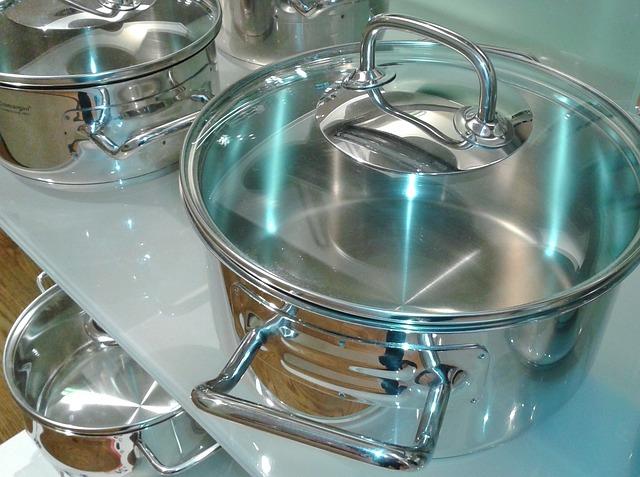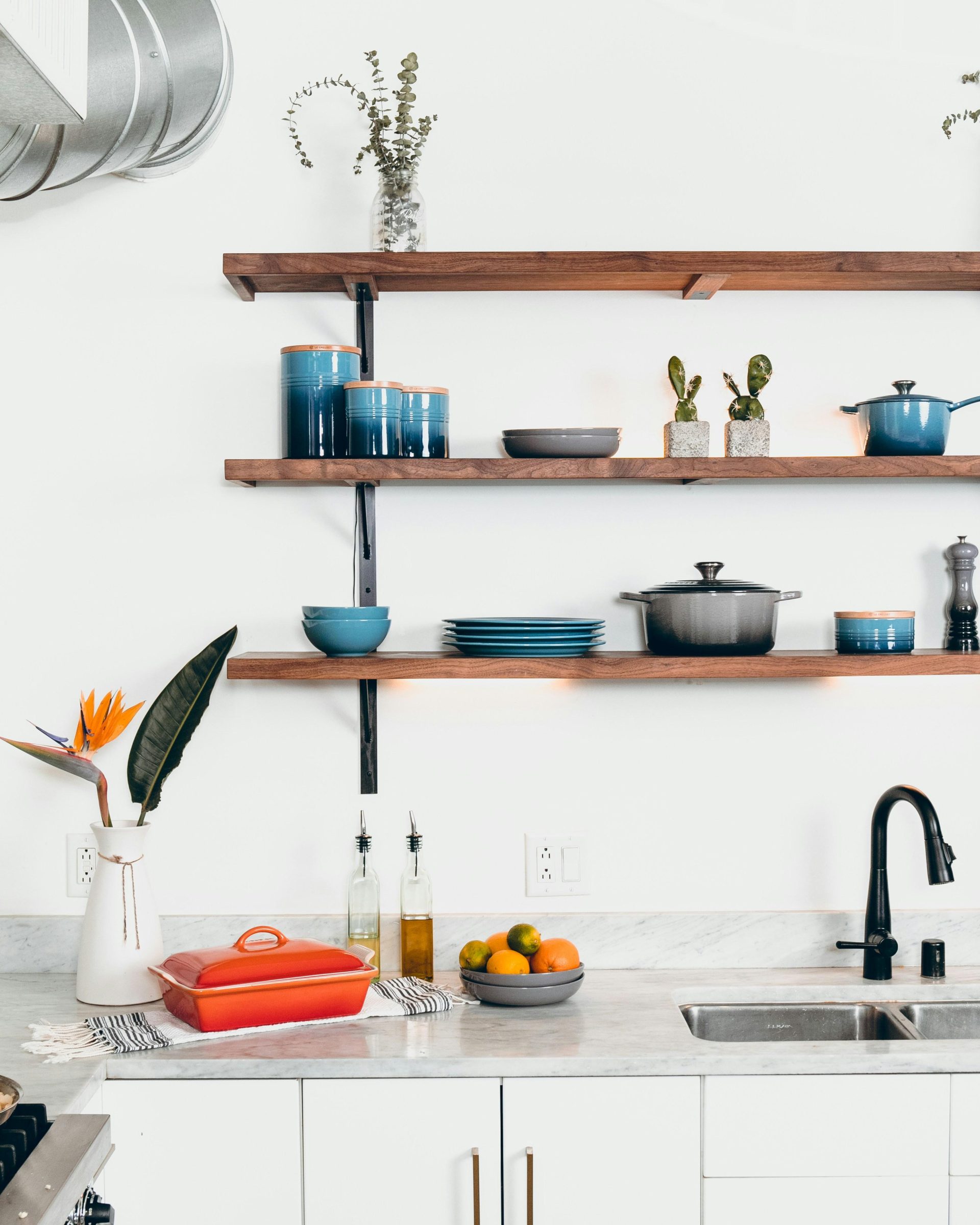In the heart of every kitchen, where aromas mingle and flavors dance, lies an ensemble of unsung heroes: the cookware. These vessels, forged from an array of materials, cradle our culinary creations, guiding them from raw ingredients to delicious masterpieces. Yet, beneath their polished surfaces and sturdy handles, a question simmers—can these essential kitchen companions unwittingly introduce harmful substances into the very meals they help create? As we delve into the world of pots and pans, we explore the hidden interactions between cookware materials and the food we cherish, unraveling the science and myths that surround this vital aspect of cooking. Join us as we navigate the kitchen’s silent conversation between metal and meal, and discover whether our cookware is as safe as it is essential.
Understanding the Science Behind Cookware Materials
When it comes to choosing cookware, the science behind the materials can significantly impact not only the cooking process but also the safety of the food we consume. Different materials have unique properties that affect their interaction with food. For instance, non-stick cookware is often coated with substances like PTFE, which can break down at high temperatures, potentially releasing harmful fumes. Meanwhile, aluminum cookware is lightweight and conducts heat well, but if it’s uncoated, it might leach aluminum into acidic foods.
On the other hand, stainless steel is generally considered safe and durable, though it’s important to note that lower-quality options might contain nickel or chromium, which can leach if the cookware is damaged. Cast iron, while celebrated for its heat retention and natural non-stick surface when seasoned, can transfer iron into food, which might be beneficial or excessive depending on dietary needs. Lastly, ceramic cookware offers a non-reactive surface, but the quality of the glaze is crucial to prevent lead or cadmium leaching. Consider the following when selecting cookware:
- Heat Conductivity: Materials like copper and aluminum offer excellent heat distribution but may require a lining to prevent leaching.
- Reactivity: Consider how reactive the material is with acidic or alkaline foods.
- Durability: Evaluate how long the material will last and how it might degrade over time.
- Maintenance: Some materials require more care to maintain their safety and effectiveness.

Exploring the Risks of Toxic Leaching in Everyday Cooking
In the heart of our kitchens, where culinary magic unfolds, lies an often-overlooked concern: the potential for cookware materials to leach harmful substances into our food. Various cookware materials, from non-stick coatings to traditional cast iron, have unique properties that may interact with food in unexpected ways. For instance, Teflon-coated pans, popular for their non-stick convenience, can release toxic fumes if overheated. Similarly, aluminum cookware, if not anodized, might leach aluminum into acidic foods, raising health concerns.
- Non-Stick Coatings: While convenient, these can break down at high temperatures, potentially releasing harmful chemicals.
- Aluminum: Prone to leaching, especially with acidic foods, unless anodized to prevent reaction.
- Ceramic: Generally safe, but quality and manufacturing processes can vary, affecting safety.
- Cast Iron: May release iron into food, which can be beneficial, though excessive iron intake should be monitored.
- Stainless Steel: Durable and resistant to leaching, though nickel and chromium release is possible if the surface is damaged.
Understanding the potential risks associated with these materials can empower us to make informed choices, ensuring that the act of cooking remains a source of nourishment and joy, free from unintended hazards.
Safe Cookware Choices for a Healthier Kitchen
In the quest for a healthier kitchen, understanding the materials that make up our cookware is crucial. Some materials, when heated, can release unwanted substances into the food we prepare. To make informed choices, consider the following:
- Stainless Steel: Known for its durability and resistance to rust, stainless steel is generally safe. However, lower-quality options might contain nickel or chromium, which could leach into food.
- Cast Iron: This classic choice is beloved for its heat retention. While it can leach iron into food, this is often beneficial, especially for those with iron deficiencies.
- Ceramic: Ceramic-coated cookware offers a non-stick surface without harmful chemicals. Ensure it’s free from lead and cadmium for peace of mind.
- Glass: A non-toxic option that doesn’t leach chemicals, making it perfect for baking and storing food.
- Aluminum: Lightweight and affordable, but often criticized for potential leaching. Anodized aluminum provides a safer, non-reactive surface.
Choosing the right cookware not only enhances your culinary experience but also safeguards your health. By prioritizing materials that are less likely to leach harmful substances, you can create a kitchen environment that supports your well-being.

Practical Tips for Reducing Contamination from Cookware
Ensuring that your meals are not tainted by harmful substances from cookware is crucial for maintaining a healthy lifestyle. Here are some practical tips to minimize contamination:
- Opt for Quality Materials: Choose cookware made from high-quality, non-reactive materials such as stainless steel, cast iron, or glass. These materials are less likely to leach harmful substances into your food.
- Avoid Scratched Surfaces: Discard or repair cookware with damaged non-stick coatings. Scratches can expose the underlying metal, which may react with food.
- Use Utensils Wisely: Opt for wooden or silicone utensils to prevent scratching and prolong the life of your cookware.
- Proper Cleaning: Clean your cookware gently using non-abrasive sponges and avoid harsh chemicals that might degrade the material over time.
- Monitor Temperature: Avoid overheating cookware, especially non-stick pans, as excessive heat can cause materials to break down and release toxic fumes.
By following these guidelines, you can significantly reduce the risk of contamination, ensuring that your culinary creations are not only delicious but also safe for consumption.
